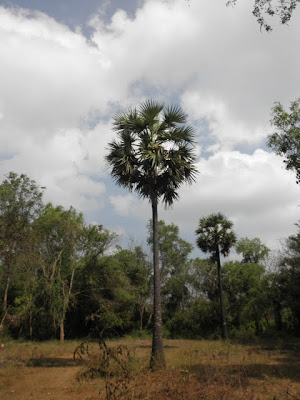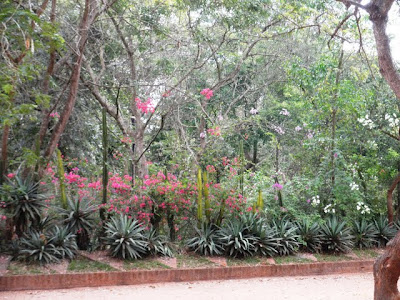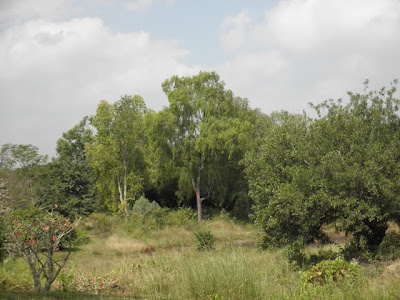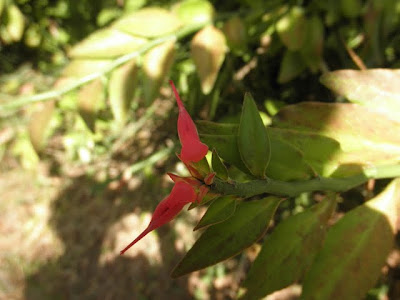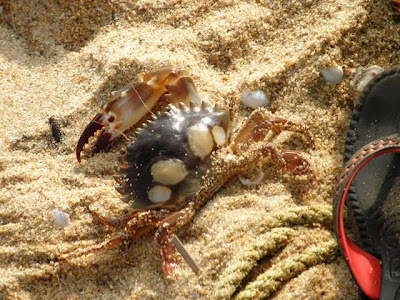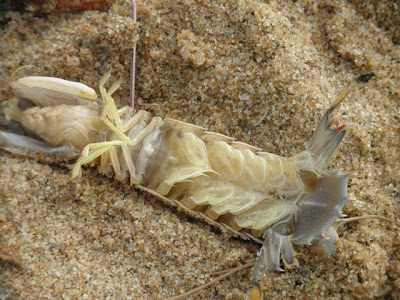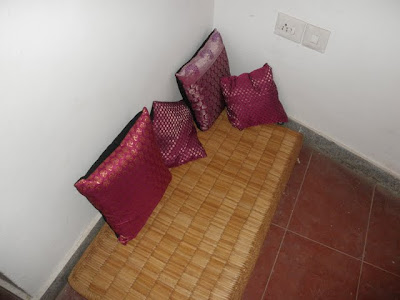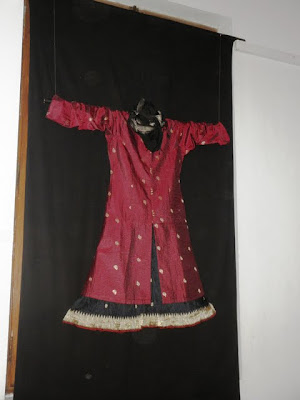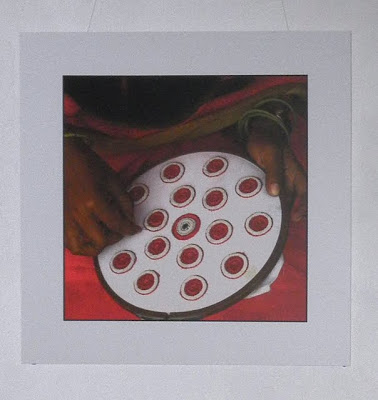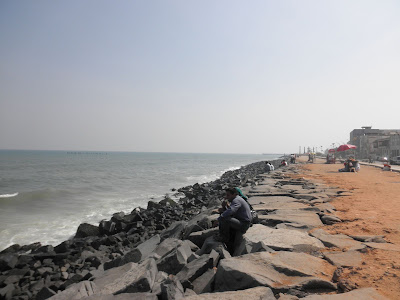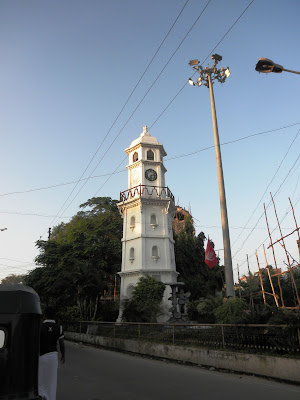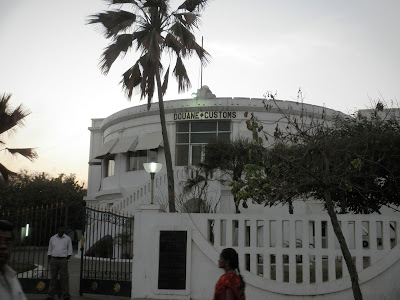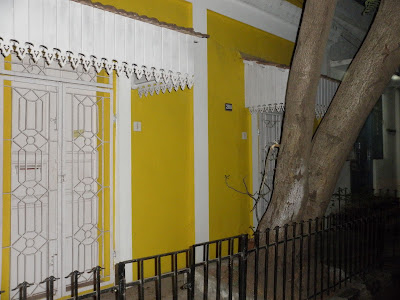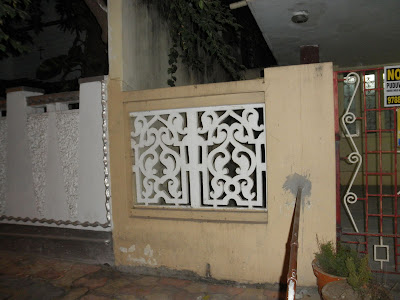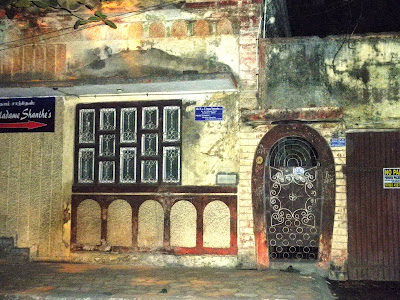The morning of Monday, Feb 14th was spent at Auro Beach which is a few kms away from the pondicherry town center. It was serene and beautiful.
It is strange how while some parts were so clean and nice, yet others had their share of muck and the inevitable plastic bags.
We caught the morning sun
and the fishermen coming in with the morning's catch
I noticed as we walked towards the fishermen, that the sands were strewn with shells
And crabs!
The fisherfolk were busy -- untieing the knots in their nets and untangling the crabs and other creatures that were caught within. It was fascinating to watch the many varied creatures that had come out of the sea. Sadly though all dead or near dying.. and all but the fish discarded in the sand... collateral damage.
There was an interesting looking crab in the pile
Ramjee from the MNS says that it is the Blood Spotted Crab (portunus sanguinolentus)
Preston gives the common name - the three spot crab
and another that managed to crawl away.
there was another strange looking creature, turned upside down
From Preston: the frontal appendages make me suspect that it is a mantis shrimp -- Squilla, not sure though
These fish were deemed poisonous by the fisherfolk and hence kept aside to be buried in the sand
These were the prize catch of the day. The fishermen got quite annoyed with us for going close to them
ID again by Ramjee from MNS - Giant Tiger Prawn (Penaeus monodon)
Conch like shells with creatures in them-
Ashish from the Madras Naturalists Society has helped identify the image on the right side - he writes- The one on the right is Babylonia zeylanica. Common name for this family is Spiral Babylons. This particular species is widespread in the Indo-Pacific Region. Differentiated from other species in the family by a distinct purple staining on the siphonal canal (visible in image).
From Preston: This belongs to a family of sea snails (Buccinidae) commonly known as the Whelks
Gayathree from the MNS says that the left side image is that of the hemifusus pugilinus
From Preston:
This belongs to another family -- Volemidae
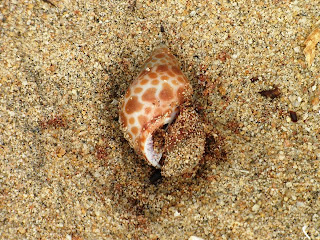
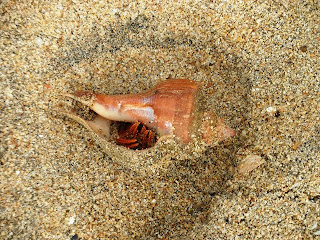
Another ID from Ashish - The image below is that of a gastropod - its called Turritella duplicata. Common family name are Screw Shells. Widely found along Coromandel Coast. Screw shells are popular with hermit crabs.
Starfish!
As with every beach, i found it hard to walk away, but finally had to.
The railroad creeper (ipomoea) along the way out was blooming. The auto driver had some interesting trivia about it - that taken in whole the flower was an effective remedy for diabetes.



